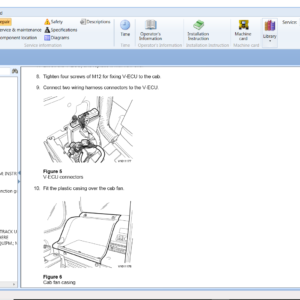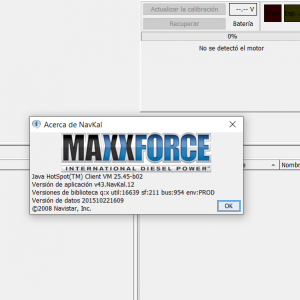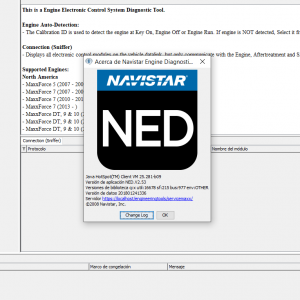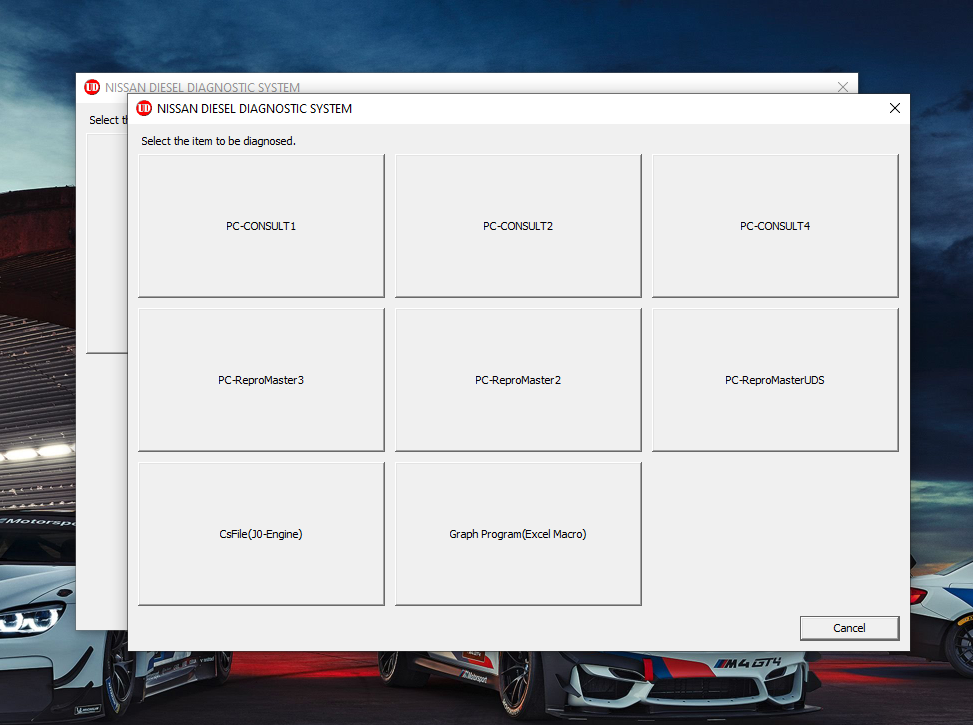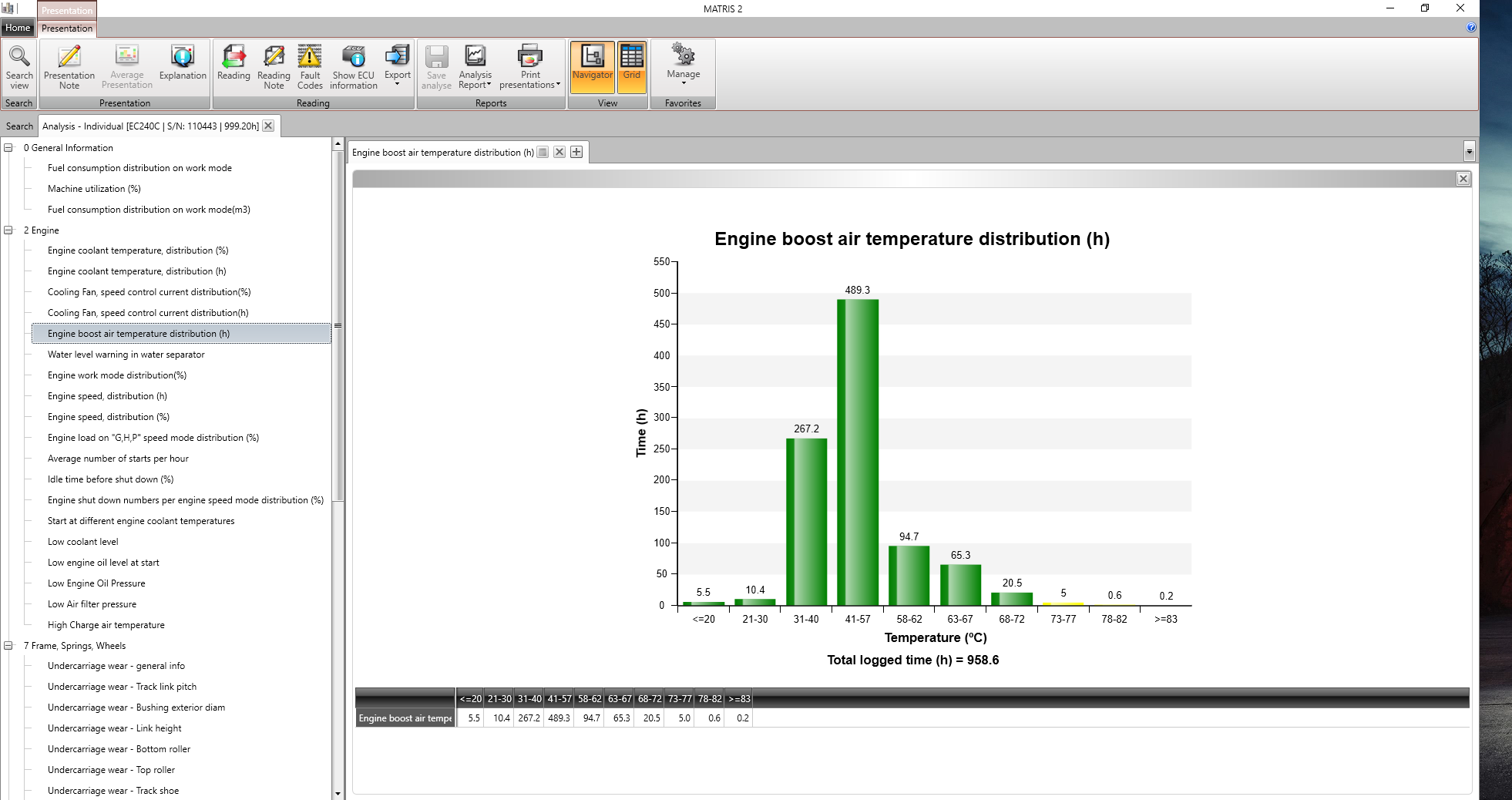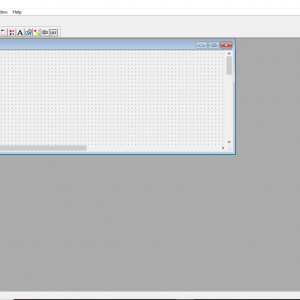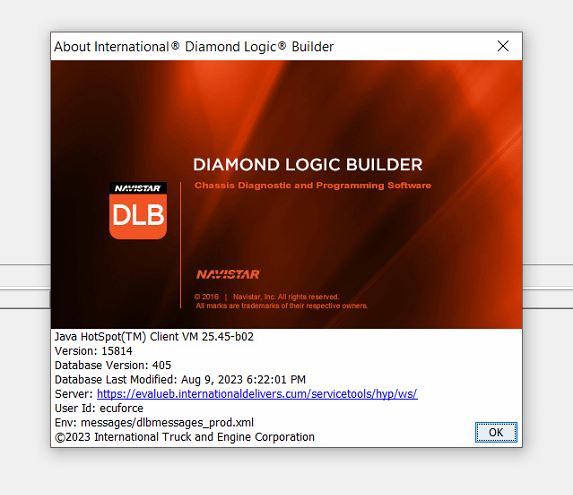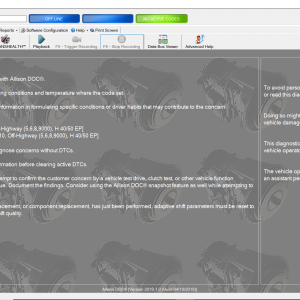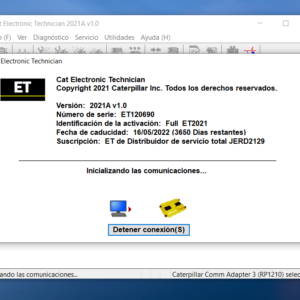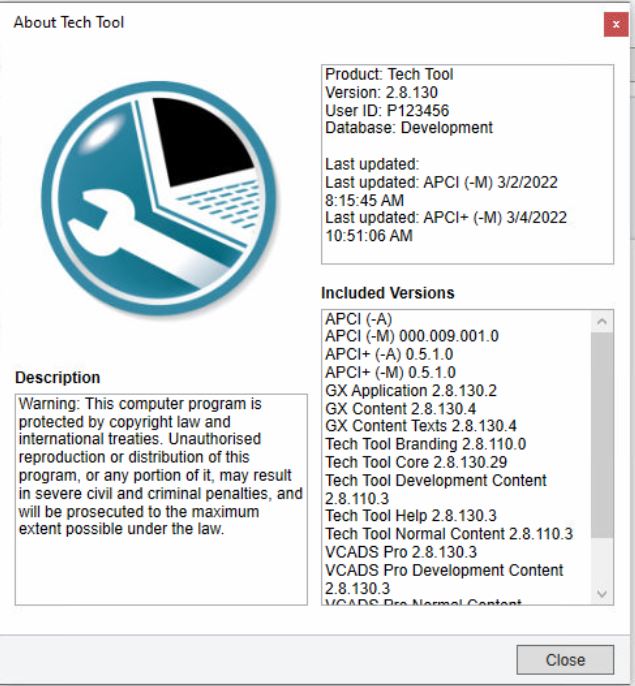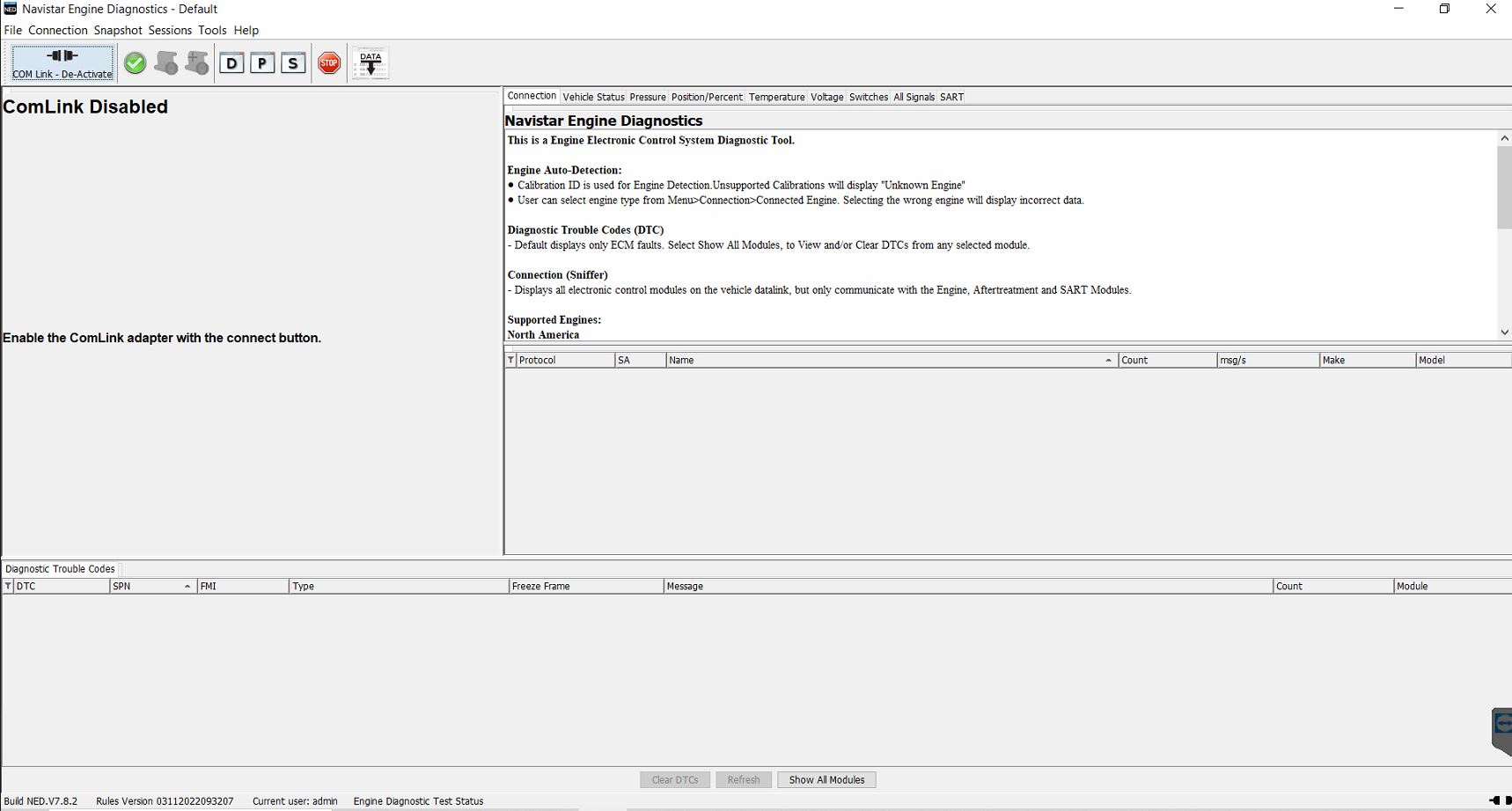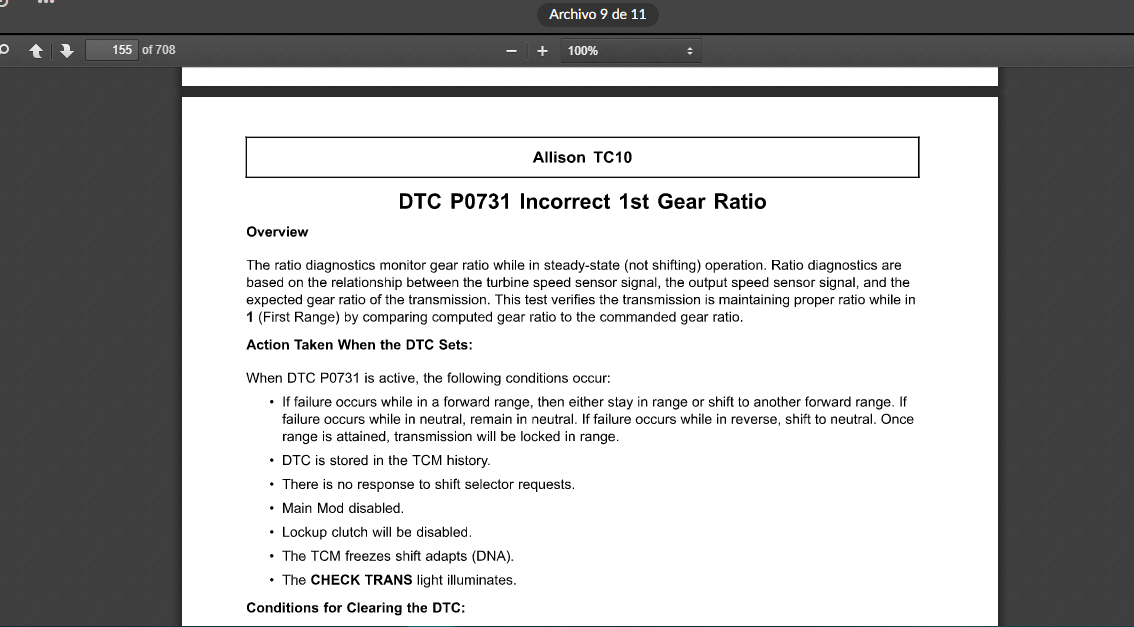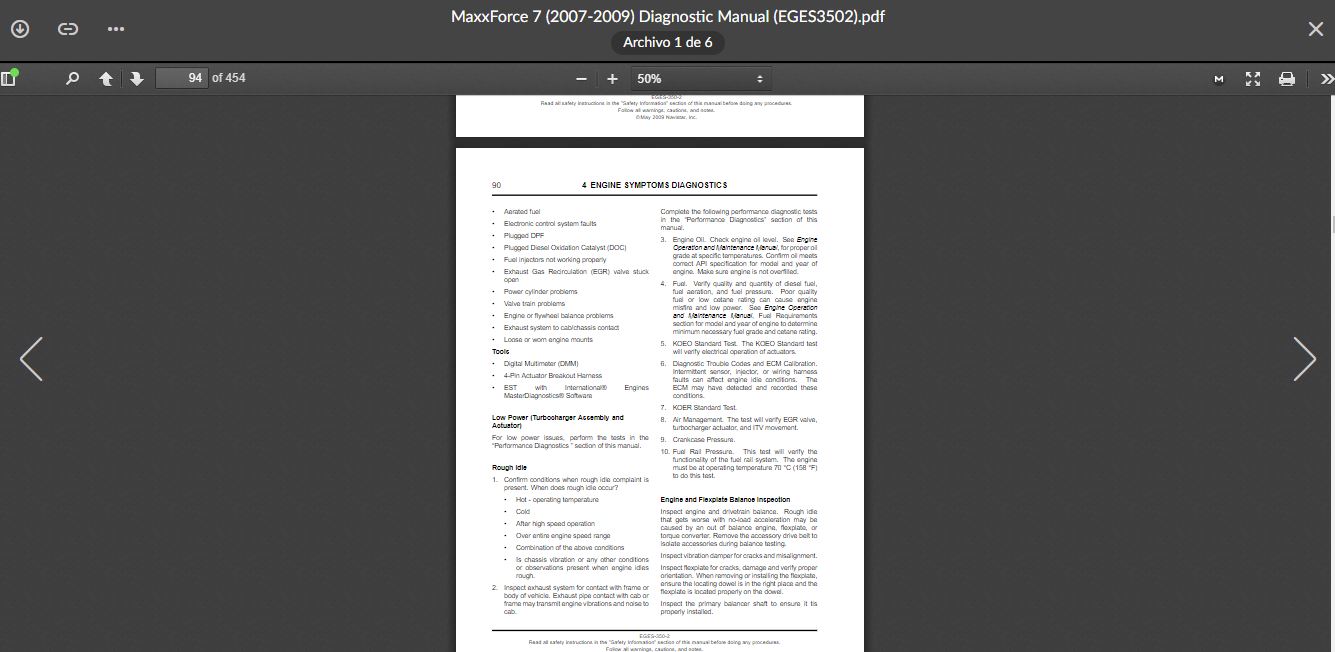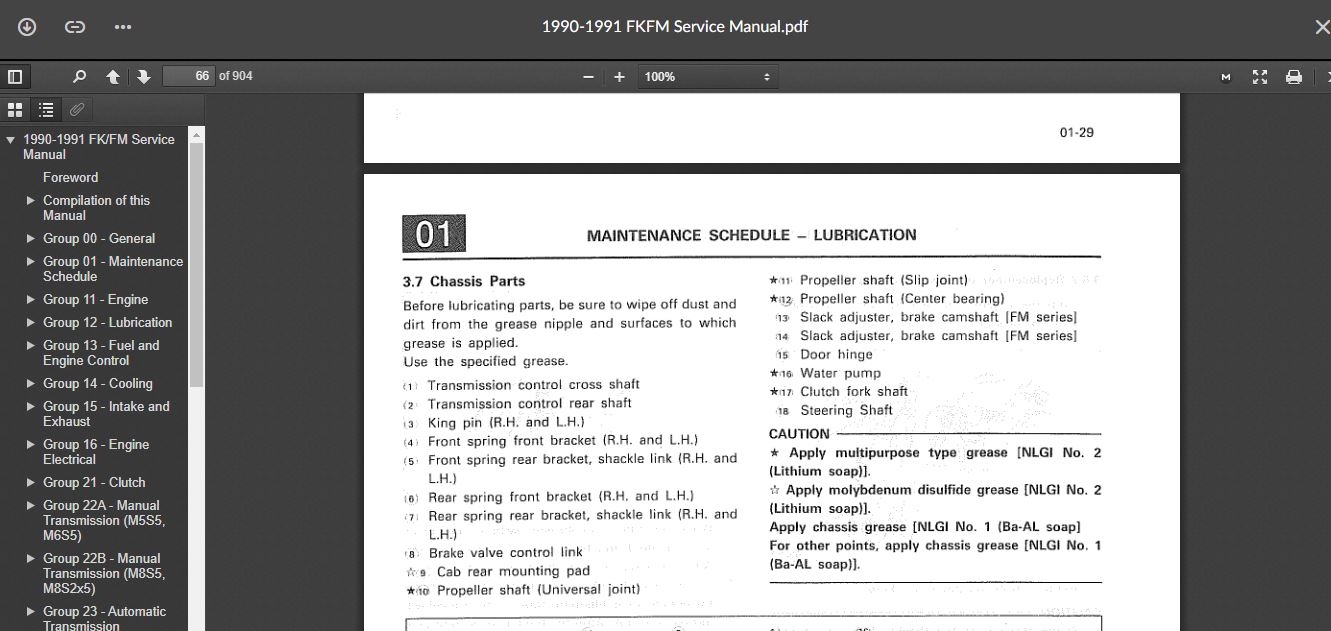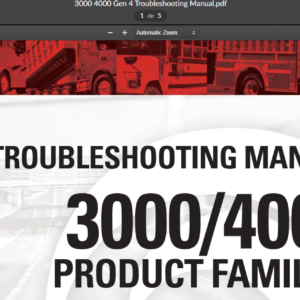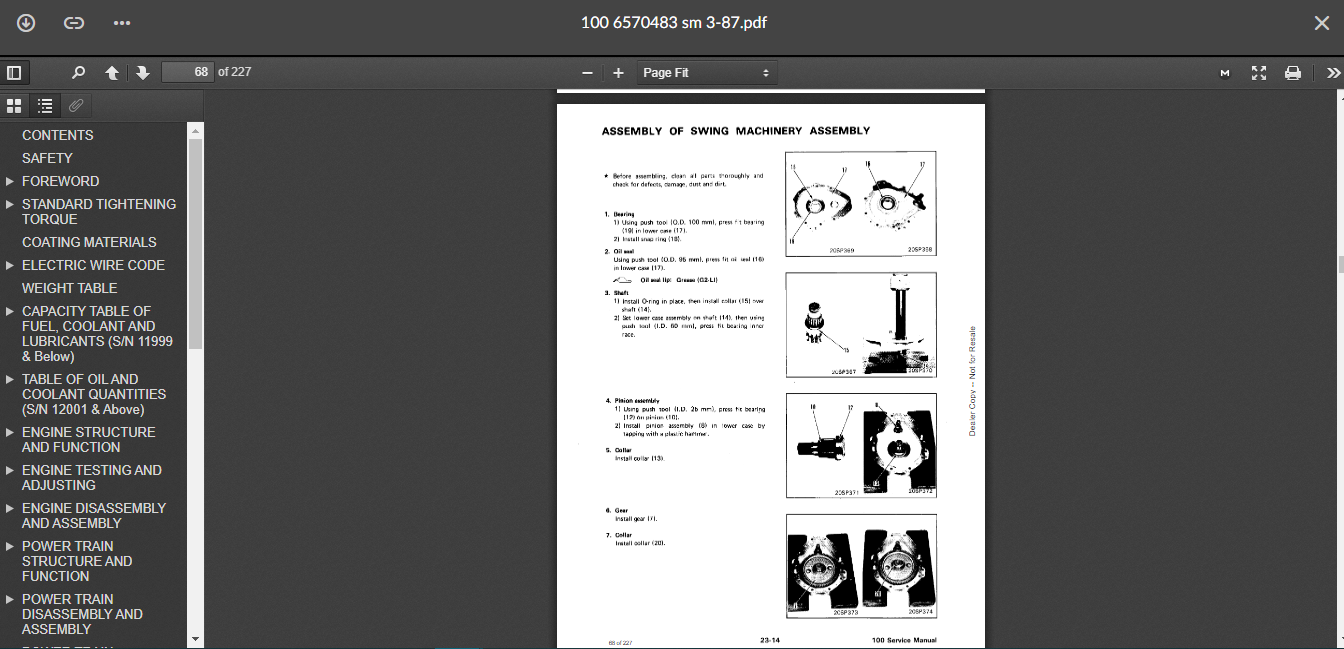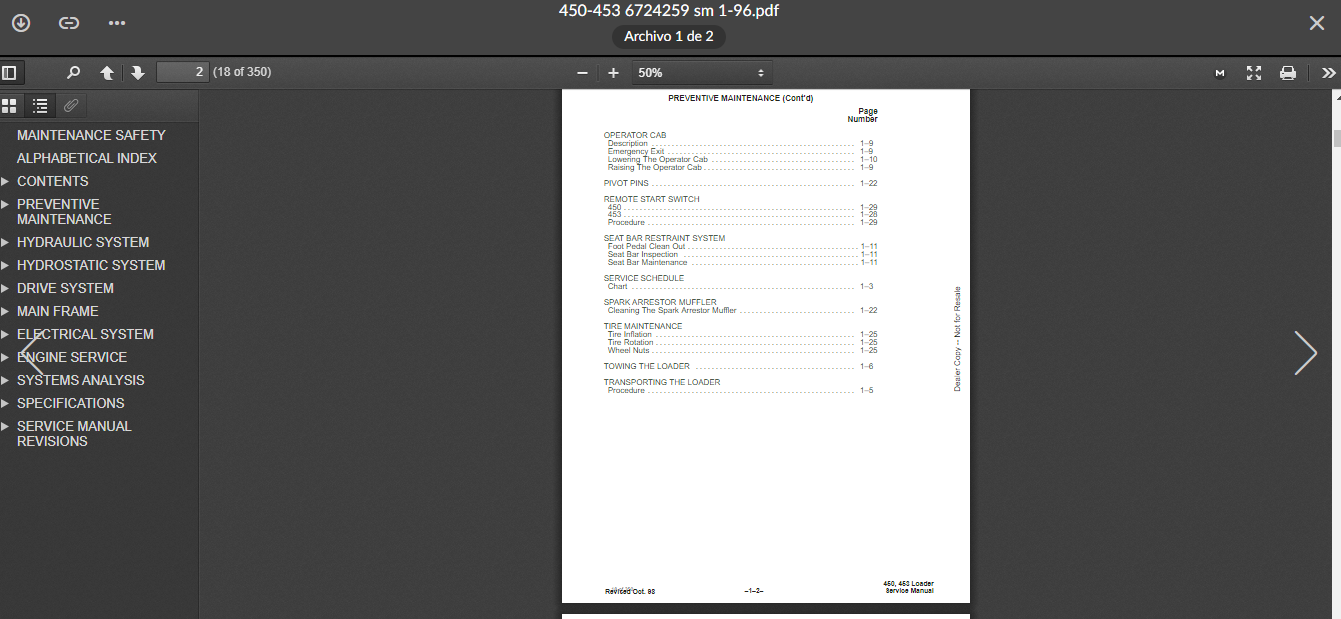Allison 1000 & 2000 Gen 5 Fault Code:P0757 Shift Solenoid 2 (SS2) Valve Performance – Stuck On
CIRCUIT DESCRIPTION:
The Pressure Switch Manifold (PSM) is a multiple-switch assembly made up of three Normally Open (N/O) and one Normally Closed (N/C) pressure switches. The Pressure Switch 2 (PS2) monitors the SS2 valve positioning and relays it to the TCM. When PS2 is in the open state, SS2 valve should be in the destroked position. DTC P0757 sets when the SS2 valve is commanded on and PS2 status remains Exhausted/OFF for a period of time that is temperature dependent. The intent of this DTC is to detect a shift valve timeout condition which normally indicates a stuck shift valve in the stroked state, mechanical solenoid failure or a circuit short-to-ground.
ACTION TAKEN WHEN THE DTC SETS:
When DTC P0757 is active, the following conditions occur:
1. If the failure occurs while in a forward range a shift to 1st, 3rd, or 5th range is made.
2. While diagnostic response is active, if shift selector is moved to N (Neutral), transmission shifts to neutral; if the shift selector is moved to R (Reverse), transmission shifts to reverse. If the shift selector is moved to D (Drive) or R (Reverse) and transmission is compromised by overspeeding or direction change, transmission shifts to neutral.
3. DTC is stored in TCM history.
4. The CHECK TRANS light illuminates (non-OBD II strategy).
5. The TCM forces Variable Modulated Main off.
6. TCM inhibits TCC engagement.
7. TCM freezes shift adapts (DNA).
CONDITIONS FOR CLEARING THE DTC:
Use the diagnostic tool to clear the DTC from the TCM history. The TCM automatically clears the DTC from the TCM history if the vehicle completes 40 warm-up cycles without the DTC recurring.
DIAGNOSTIC AIDS:
The following procedures are not documented in any OEM procedures or in any OEM Troubleshooting or Service information and therefore should not be used as a method to diagnose any transmission DTCs, function, or shift quality concern:
1. Back-probing any connections used for transmission features or functions may damage and/or unlock terminals from the back-probed connector creating permanent or intermittent shorts and/or open circuits. If possible, use the J-39700 Breakout Box, the appropriate harness adapters, and appropriate magnetic overlays to troubleshoot the vehicle.
2. Load-testing any transmission-related circuits with any other electrical devices such as vehicle lamps or relays, especially with the TCM connected to the harness. Use J-39700 Breakout Box and appropriate harnesses with diagnostic tool to monitor the circuit performance in question unless otherwise specified in the various Troubleshooting information.
3. Piercing a wire to check for voltages, shorts-to-grounds or other wires anywhere in the circuit but especially at the TCM. This creates a leak path for moisture and damages the wire and insulation.
Inspect the wiring for poor electrical connections at the TCM. Look for the following conditions:
1. A bent terminal.
2. A backed-out terminal.
3. A damaged terminal.
4. Poor terminal tension.
5. A chafed wire.
6. A broken wire inside the insulation.
When P0847 and P0757 are set in combination, the TCM logic re-attempted to command the shift solenoid on. A circuit or pressure switch concern exists. Refer to DTC P0847 for further instruction.
When diagnosing for an intermittent short or open, massage the wiring harness while watching the test equipment for a change. It may be necessary to check for shorting-to-ground at individual wires within a harness to isolate an intermittent condition (refer to WIRE CHECK and DIAGNOSING INTERMITTENT DTCs information).
You may have to drive the vehicle in order to experience a fault. Use the data obtained from failure records to determine transmission range and/or certain vehicle operating variables such as temperature, run time etc. This data can be useful in reproducing failures mode where DTC was set.
Multiple inactive pressure switch DTCs may be due to a plugged Control main filter.
Whenever performing any internal valve body repair be sure that your work area is free of airborne dust and dirt that might contaminate the valve body assembly. Always store any reusable oil in a clean, covered container. It is recommended that a funnel which incorporates a screen filter be used to refill or strain the oil through an appropriate screen.
Use of a shallow sump filter in a deep sump pan can also set this DTC. Inspect for correct filter size.
Related
-
PF Diagnose 2.0.2.23 Diagnostics Software 2013 – Full Heavy & Medium Duty with OBDII Support – Online Installation Service
PF Diagnose $60.00Rated 0 out of 5 -
Volvo PROSIS Offline 2019 Parts Catalog Installation Service
Trucks software $45.00Rated 0 out of 5
-
DOWNLOAD NISSAN UD DIESEL PC-CONSULT DIAGNOSTIC 1.1.13 & PC-REPROMASTER 1.2.0
NISSAN UD $100.00Rated 0 out of 5 -
ddct Detroit diesel calibration tool (DDCT) v4.5 English Include Calibrations & Metafiles
Detroit $30.00Rated 0 out of 5 -
CAT ET 2021A (Caterpillar Electronic Technician) + Factory Password (1 PC )
CAT $65.00Rated 0 out of 5 -
Volvo Premium Tech Tool PTT 2.8.130 Diagnostic Software 04.2022 ACPI ( 1 PC )
Trucks software $143.00Rated 0 out of 5
Related products
-
Allison 1000 & 2000 Gen 4 Fault Codes: U2105 CAN Bus ECM Error
1000 & 2000 Gen 4 $50.00Rated 0 out of 5 -
Allison 1000 & 2000 Gen 4 Fault Codes: U0073 CAN Bus Reset Counter Overrun
1000 & 2000 Gen 4 $50.00Rated 0 out of 5 -
Allison 1000 & 2000 Gen 4 Fault Codes: U1096 J1850 (Class 2) IPC Controller State of Health Failure
1000 & 2000 Gen 4 $50.00Rated 0 out of 5 -
Allison 1000 & 2000 Gen 4 Fault Codes: P1688 Unmanaged Engine Torque Delivered To TCM Signal
1000 & 2000 Gen 4 $50.00Rated 0 out of 5 -
Allison 1000 & 2000 Gen 4 Fault Codes: P0846 Transmission Pressure Switch Solenoid D Circuit Stuck Open
1000 & 2000 Gen 4 $50.00Rated 0 out of 5 -
Allison 1000 & 2000 Gen 4 Fault Codes: U1000 Class 2 Loss of Serial Data Communication
1000 & 2000 Gen 4 $50.00Rated 0 out of 5 -
Allison 1000 & 2000 Gen 4 Fault Codes: P0848 Transmission Pressure Switch Solenoid D Circuit High
1000 & 2000 Gen 4 $50.00Rated 0 out of 5 -
Allison 1000 & 2000 Gen 4 Fault Codes: U1064 J1850 (Class 2) TBC Controller State of Health Failure
1000 & 2000 Gen 4 $50.00Rated 0 out of 5 -
Allison 1000 & 2000 Gen 4 Fault Codes: P0873 Transmission Pressure Switch Solenoid E Circuit High
1000 & 2000 Gen 4 $50.00Rated 0 out of 5 -
Allison 1000 & 2000 Gen 4 Fault Codes: P0880 TCM Supply Voltage
1000 & 2000 Gen 4 $50.00Rated 0 out of 5 -
Allison 1000 & 2000 Gen 4 Fault Codes: P0123 Pedal Position Sensor Circuit High Voltage
1000 & 2000 Gen 4 $50.00Rated 0 out of 5 -
Allison 1000 & 2000 Gen 4 Fault Codes: P2771 Four-Wheel Drive Switch Circuit
1000 & 2000 Gen 4 $50.00Rated 0 out of 5 -
Allison 1000 & 2000 Gen 4 Fault Codes: P2773 Torque Control Request Ignored – ECM/TCM
1000 & 2000 Gen 4 $50.00Rated 0 out of 5 -
Allison 1000 & 2000 Gen 4 Fault Codes: U1016 Class 2 J1850 (Class 2) Powertrain Controller State of Health Failure
1000 & 2000 Gen 4 $50.00Rated 0 out of 5 -
Allison 1000 & 2000 Gen 4 Fault Codes: P1892 Throttle Position Sensor Pulse Width Modulation (PWM) Signal High Input
1000 & 2000 Gen 4 $50.00Rated 0 out of 5
-
SERVICE MANUAL International Engines MaxxForce 7 (2007-2009)
INTERNATIONAL ENGINES $31.00Rated 0 out of 5 -
SERVICE MANUAL 3000 AND 4000 SERIES GEN 4 GENERATION – ALLISON
Allison$19.00Original price was: $19.00.$17.00Current price is: $17.00.Rated 0 out of 5





